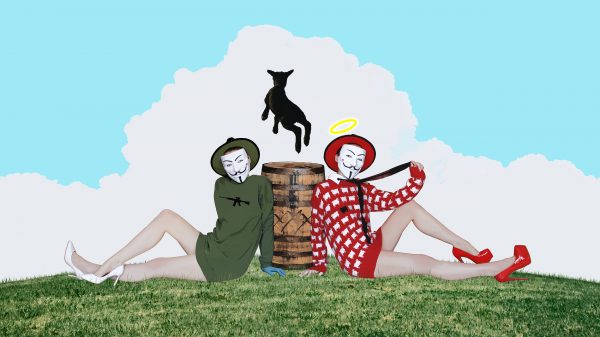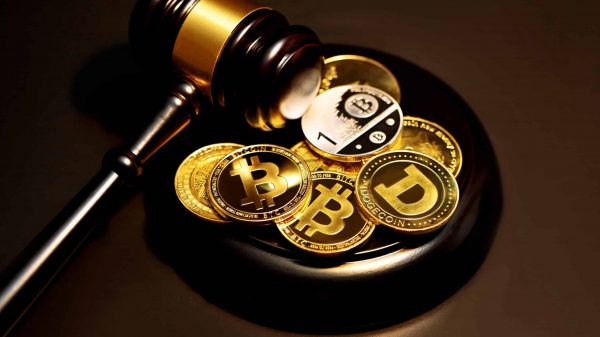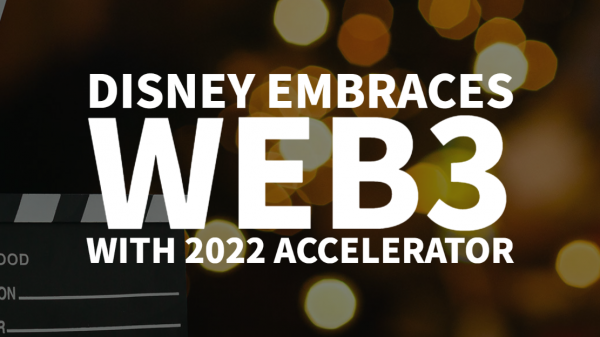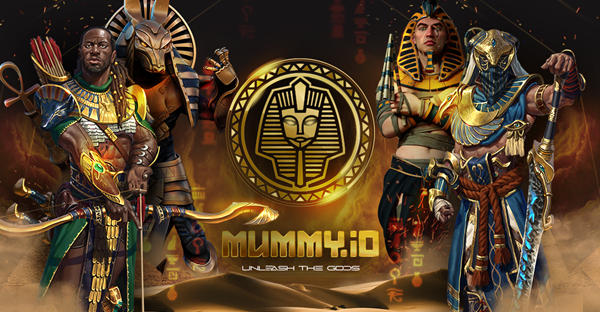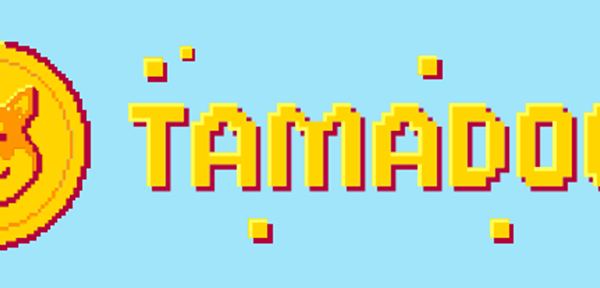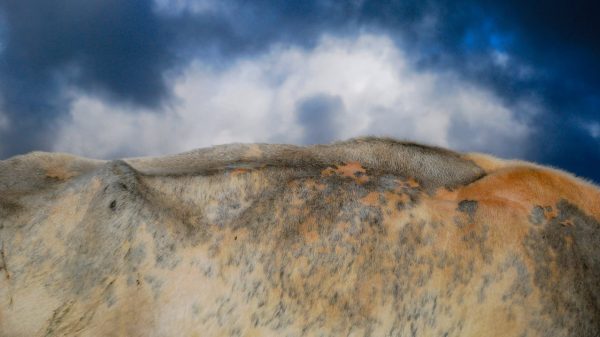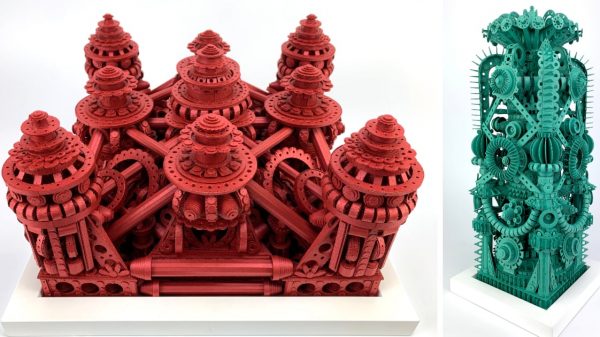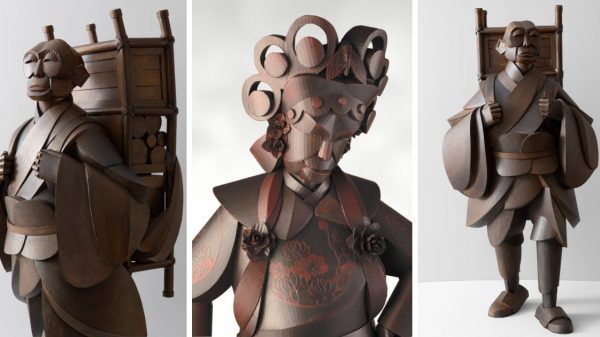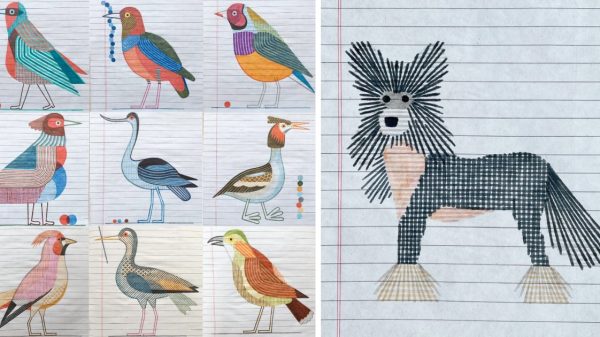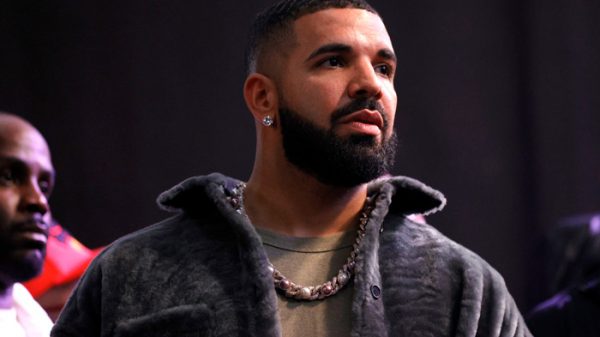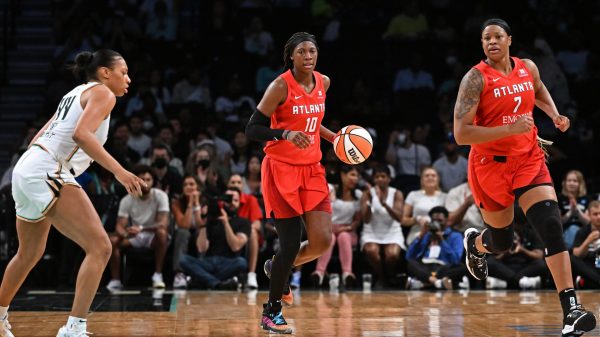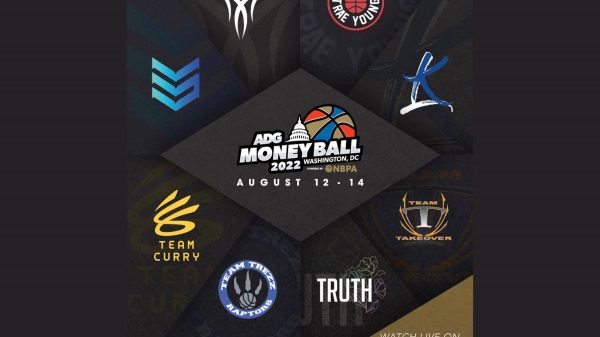Search Icon
Through
9/5
12:00 p.m. – 5:00 p.m.
Morris Arboretum, 100 E. Northwestern Ave.
Through
7/31
All Day
Various locations
7/22
3:30 p.m. – 5:00 p.m.
Penn LGBT Center, 3907 Spruce St.
9/17
10:00 a.m. – 4:00 p.m.
Laurel Hill, 3487 Edgley Drive
Search Icon
Education, Business, & Law
Non-fungible tokens, or NFTs, are digital assets that are provably unique. They are linked to digital (and sometimes physical) content, providing proof of ownership. NFTs have many uses including artwork, digital collectibles, music, and items in video games.
And they’re one of the fastest-growing sectors in the crypto industry: NFTs, cryptocurrencies, tokens, and their classifications are multiplying in popularity and evolving right alongside cryptographic and blockchain technology.
Sarah Hammer, managing director of the Stevens Center for Innovation in Finance at the Wharton School, talks to Penn Today about what NFTs are, how they work, and how they’re being used.
For the uninitiated, what are NFTs?
NFTs are units of data stored on a blockchain. NFTs may be associated with digital files, such as photos, videos, and audio. Because each non-fungible token is uniquely identifiable, NFTs differ from cryptocurrencies, which are fungible. Common use cases for NFTs are art, music, games, and film.
When an NFT is minted or created, every sale of the NFT is recorded on a blockchain. This creates a ledger with information on ownership and price history. This record is known as provenance. Provenance is a core concept also known as custodial history within archival science.
Provenance can be used to help authenticate items. It provides contextual and circumstantial evidence for production or history of an item. It also makes it easier to own and sell digital content. In some ways, provenance is akin to the legal concept of chain of custody.
In the world of fine art, antiques, and antiquities, provenance is very important. It establishes the subject of the work of art, the artist, and the period of time. Provenance can therefore establish that a work of art is not a forgery, reproduction, or stolen. This can make an enormous difference in the value of an asset.
NFTs are units of data stored on a blockchain. NFTs may be associated with digital files, such as photos, videos, and audio. Because each non-fungible token is uniquely identifiable, NFTs differ from cryptocurrencies, which are fungible. Common use cases for NFTs are art, music, games, and film.
When an NFT is minted or created, every sale of the NFT is recorded on a blockchain. This creates a ledger with information on ownership and price history. This record is known as provenance. Provenance is a core concept also known as custodial history within archival science.
Provenance can be used to help authenticate items. It provides contextual and circumstantial evidence for production or history of an item. It also makes it easier to own and sell digital content. In some ways, provenance is akin to the legal concept of chain of custody.
In the world of fine art, antiques, and antiquities, provenance is very important. It establishes the subject of the work of art, the artist, and the period of time. Provenance can therefore establish that a work of art is not a forgery, reproduction, or stolen. This can make an enormous difference in the value of an asset.
What are the steps to create an NFT?
The creation of an NFT is referred to as ‘minting,’ and it involves turning a digital file into a digital asset on the blockchain. The most common way to mint an NFT is on an NFT marketplace. There are many marketplaces on which an NFT can be minted, verified, exchanged, or burned (destroyed). One of the most common platforms is OpenSea, but there are many others as well.
One thing to note, in order to create NFTs, you will need a wallet. Wallets are the applications that are used to store cryptocurrencies and NFTs. Your wallet needs to be compatible with the blockchain that your NFT is minted on. MetaMask and Coinbase are two popular wallets, but there are also others.
The creator uploads a file to the marketplace, assigns a title and a subtitle, adds a description, sets up royalties (payable to the creator), and lists the NFT for sale. Once the NFT is minted, the token is transferred to the wallet. The process has now turned the digital file into a crypto asset that can be traded on a digital marketplace.
The creation of an NFT is referred to as ‘minting,’ and it involves turning a digital file into a digital asset on the blockchain. The most common way to mint an NFT is on an NFT marketplace. There are many marketplaces on which an NFT can be minted, verified, exchanged, or burned (destroyed). One of the most common platforms is OpenSea, but there are many others as well.
One thing to note, in order to create NFTs, you will need a wallet. Wallets are the applications that are used to store cryptocurrencies and NFTs. Your wallet needs to be compatible with the blockchain that your NFT is minted on. MetaMask and Coinbase are two popular wallets, but there are also others.
The creator uploads a file to the marketplace, assigns a title and a subtitle, adds a description, sets up royalties (payable to the creator), and lists the NFT for sale. Once the NFT is minted, the token is transferred to the wallet. The process has now turned the digital file into a crypto asset that can be traded on a digital marketplace.
How does one make an NFT for free?
There are transaction fees associated with NFTs. When users mint an NFT, they pay minting fees, called ‘gas fees,’ which refer to the cost of the computational effort to create the NFT on the blockchain network. On some platforms, users only pay minting fees or gas fees once, at the time they create the NFTs. Buyers then offset the gas fees.
There are transaction fees associated with NFTs. When users mint an NFT, they pay minting fees, called ‘gas fees,’ which refer to the cost of the computational effort to create the NFT on the blockchain network. On some platforms, users only pay minting fees or gas fees once, at the time they create the NFTs. Buyers then offset the gas fees.
What is the best platform for NFT?
There are many factors that go into choosing an NFT platform. From the viewpoint of creators, there are ‘open-theme’ platforms where everyone can sign up as a creator, such as OpenSea and Rarible. There are also ‘exclusive open-theme’ platforms that require application and approval to become a creator, such as Nifty Gateway and Foundation. Finally, there ‘exclusive theme-specific platforms,’ where creators are integrated with platform owners and only pre-approved collections can be exchanged. Examples here include Dapper Labs (for NBA Top Shot) and Larva Labs (for Crypto Punks).
From the standpoint of consumers, other considerations may include the option to pay with fiat currency and the overall user experience.
There are many factors that go into choosing an NFT platform. From the viewpoint of creators, there are ‘open-theme’ platforms where everyone can sign up as a creator, such as OpenSea and Rarible. There are also ‘exclusive open-theme’ platforms that require application and approval to become a creator, such as Nifty Gateway and Foundation. Finally, there ‘exclusive theme-specific platforms,’ where creators are integrated with platform owners and only pre-approved collections can be exchanged. Examples here include Dapper Labs (for NBA Top Shot) and Larva Labs (for Crypto Punks).
From the standpoint of consumers, other considerations may include the option to pay with fiat currency and the overall user experience.
Anything to add?
Importantly, not all of the data is stored on the blockchain because storing data is laborious and expensive. Therefore, a typical NFT is split into two separate entities, the ‘smart contract’ stored on blockchain, and the digital artwork itself. The smart contract merely references the artwork with a URL that points to it. The Inter Planetary Filing System hosts each URL on other computers connected to the global network.
Technically, any digital file can be used to create an NFT on a marketplace. However, if you use an NFT marketplace, you are limited to the file formats that are supported by that marketplace, such as JPEG. One other option if you are very technical is to write your own smart contract and deploy it to a blockchain, then mint your own tokens. Of course, this option is for very technical creators.
It’s also important to know that NFTs do not convey the intellectual property or copyright of the digital files. The NFT is proof of ownership that is separate from the copyright. But, a license can potentially be conveyed with the NFT. In addition, the smart contract associated with the NFT can be written to include royalties. Royalties are set at the time the NFT is minted and entitle the creator to a percentage of subsequent sales.
Importantly, not all of the data is stored on the blockchain because storing data is laborious and expensive. Therefore, a typical NFT is split into two separate entities, the ‘smart contract’ stored on blockchain, and the digital artwork itself. The smart contract merely references the artwork with a URL that points to it. The Inter Planetary Filing System hosts each URL on other computers connected to the global network.
Technically, any digital file can be used to create an NFT on a marketplace. However, if you use an NFT marketplace, you are limited to the file formats that are supported by that marketplace, such as JPEG. One other option if you are very technical is to write your own smart contract and deploy it to a blockchain, then mint your own tokens. Of course, this option is for very technical creators.
It’s also important to know that NFTs do not convey the intellectual property or copyright of the digital files. The NFT is proof of ownership that is separate from the copyright. But, a license can potentially be conveyed with the NFT. In addition, the smart contract associated with the NFT can be written to include royalties. Royalties are set at the time the NFT is minted and entitle the creator to a percentage of subsequent sales.
Sports
The Pennsylvania Regional Training Center teaches wrestling and life lessons to 240+ high school and college students
Campus & Community
Penn’s 266th Commencement showcased graduates who Interim President Wendell Pritchett said demonstrated an “advanced ability to roll with the challenges.”
Campus & Community
Marking their official senior status, it’s the first time the students have gathered as a whole since Convocation in 2019.
Campus & Community
At the 2022 Silfen Forum, Penn Interim President Wendell Pritchett chatted with filmmaker Ken Burns about his new two-part documentary on Benjamin Franklin.
If there’s news at Penn, you’ll find it here. We strive to bring you faculty, staff, and student profiles, research updates, and the latest happenings on campus.


